





Pedestrian Crossing – Raised
Most pedestrian crashes occur while the pedestrian is attempting to cross the road. A range of treatments can help pedestrians to cross safely, including ‘raised’ pedestrian crossings.
Pedestrian crossings, including signalised and unsignalised crossings, may incorporate a raised feature (raised crossing) that is designed to slow the speed of approaching vehicles. Raised crossings act as traffic calming measures that allow the people to cross the road at the same level as the footpath.
Raised crossings are typically used on streets and local distributor roads where the speed environment is no more than 50km/h and there are significant flows of pedestrians, particularly at schools, in shopping districts, transit stops and other locations where vehicles pick up and drop off passengers.
Raised crossings often include linemarking or a coloured paint on the ramps and platform, and signage, to help drivers and riders identify the crossing. The design of the ramps of the raised crossing may reflect the context it is used in. In a 50km/h environment, for example, a raised crossing might be 100mm in height with ramps that are 2.5m in length. The raised platform should be wide enough to accommodate the pedestrian crossing and such that front and rear wheels of a typical car are able to be on the platform at the same time.
Vehicles approach and cross the pedestrian crossing at slower speed.
The pedestrian crossing surface is level with the footpath.
- Careful oversight of construction is needed to ensure the ramp profiles are installed as designed.
- Regular maintenance of signs and pavement marking is necessary to ensure the crossing is always visible.
- Drainage may need to be incorporated into the design.
- Raised crossings might not be appropriate for major roads or routes that emergency vehicles frequent.
- In locations where snowfall is common, design should consider whether snowplowing can be accommodated.
- In locations where this treatment has not been used before, engagement with the local community to understand it’s purpose is desirable.
The Star Rating Demonstrator is a freely available tool with the iRAP online software, ViDA. With the Star Rating Demonstrator, it is possible to explore the impact that this Safer Roads Treatment has on risk.
Treatment Summary
Costs | Medium |
Treatment life | 5 years - 10 years |
Potential casualty reduction | 40-60% |
Case Studies
Related Images
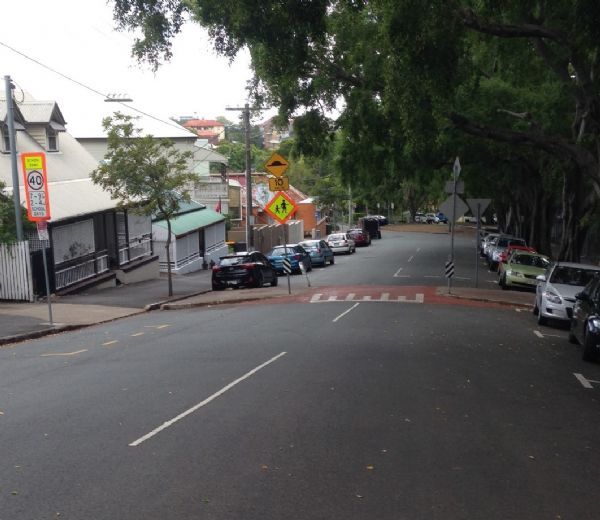 A raised pedestrian crossing with kerb build-out in a school zone in Brisbane, Australia. This is an effective traffic calming measure whilst providing a safe place to cross. Image credit: Luke Rogers
A raised pedestrian crossing with kerb build-out in a school zone in Brisbane, Australia. This is an effective traffic calming measure whilst providing a safe place to cross. Image credit: Luke Rogers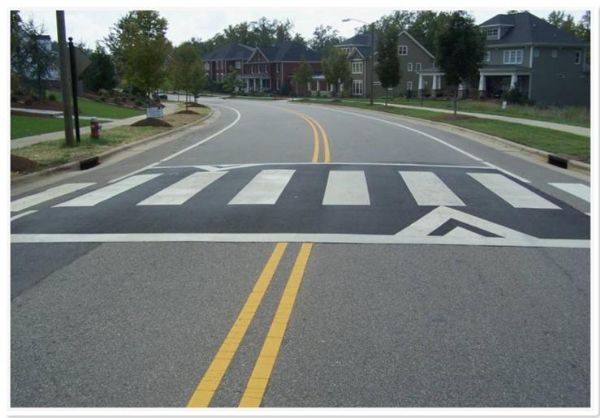 A raised pedestrian crossing facility. Image credit: Unknown
A raised pedestrian crossing facility. Image credit: Unknown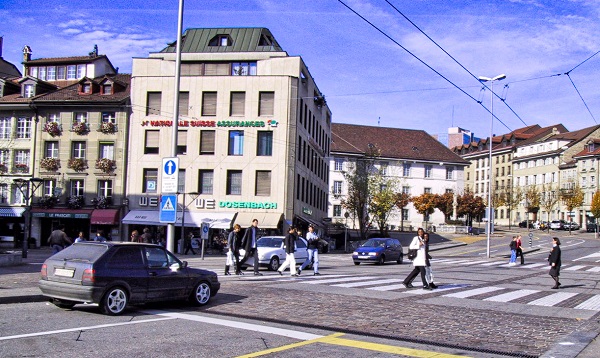 Raised (table-top type) pedestrian crossing facility. Image credit: Alain Rouiller
Raised (table-top type) pedestrian crossing facility. Image credit: Alain Rouiller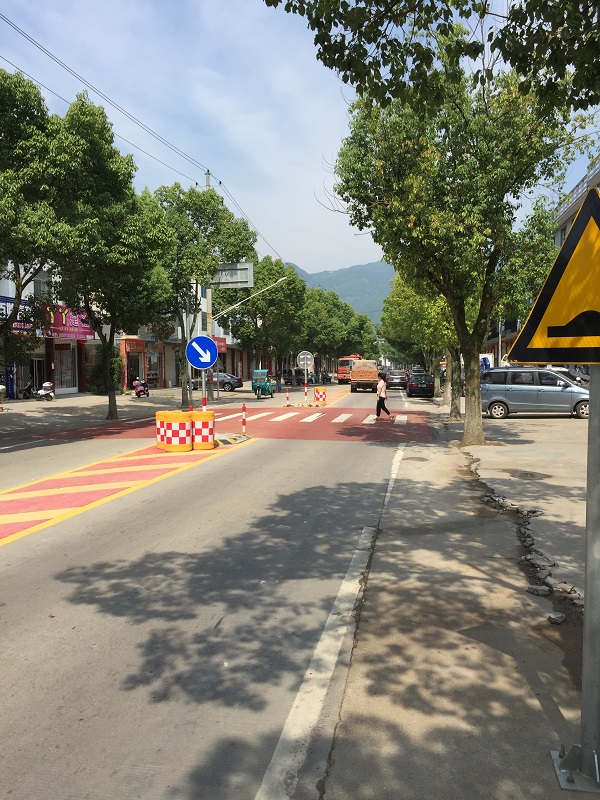 Raised pedestrian crossing in China. Image credit: Greg Smith
Raised pedestrian crossing in China. Image credit: Greg Smith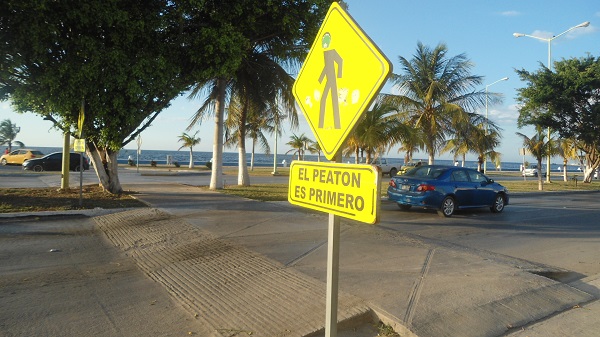 Unmarked raised pedestrian crossing in Mexico. Image credit: iRAP
Unmarked raised pedestrian crossing in Mexico. Image credit: iRAP










